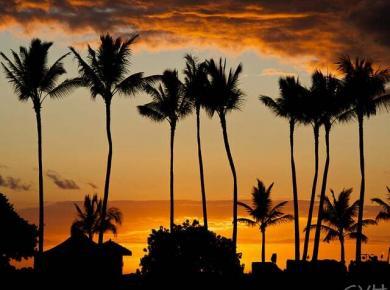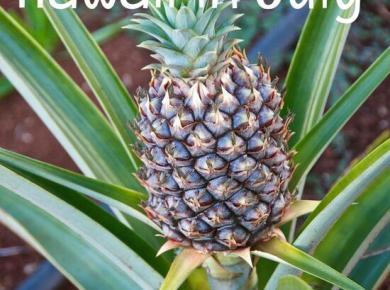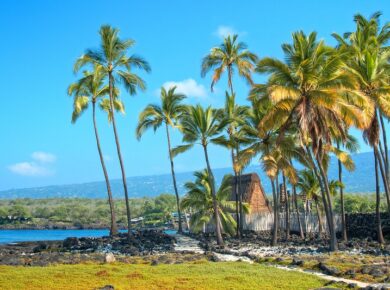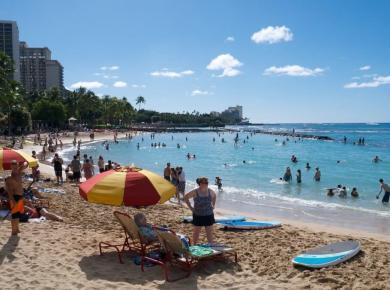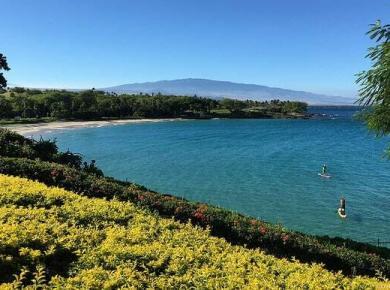
The current Mauna Loa eruption continues to dominate Hawaii news and wow onlookers with its dramatic lava displays. For an example, check out the sights and sounds of the following video captured by the Hawaii Department of Land and Natural Resources.
Mauna Loa Eruption-Leading Edge, 11-29-22 from Hawaii DLNR on Vimeo.
This type of lava is an a’a flow, which is fast moving. An a’a flow creates jagged-lava rocks.
Though lava has been moving quickly, partially due to the slope and gravity, it’s beginning to slow as it reaches flatter ground. As this happens, experts expect the lava flow will spread out and inflate.
Lava has traveled down several thousand feet from Mauna Loa summit and is currently headed in a direction that puts a major highway in danger. In our previous update, the flow was more than 10 miles away from any major road. Now, it’s less than 3.5 miles away from Daniel K. Inouye Highway! Experts estimate that lava could potentially block the road in as little as two days. Of course, no one knows for sure what the volcano will do.

This road that’s in danger of being blocked by lava is Daniel K. Inouye Highway. That’s the official name of Highway 200, but most folks commonly refer to it as Saddle Road. You might also hear it called DKI Highway. It’s the most direct connection from Hilo to Kona. Experts estimate that nearly 6,000 vehicles use this road on a daily basis, mostly by local residents. (See this KHON2 segment for speculation on how a Saddle Road closure could affect the island’s traffic.)

Though the lava flow might end up crossing Saddle Road, thankfully, the eruption is not currently moving in the direction of any inhabited areas. Also, from a traveler’s perspective, it’s worth noting that lava is not moving towards any resort areas.
If you are visiting the island and would like to observe the lava flow, check out this KHON2 segment on safely and legally viewing this spectacular and rare event.
Resources
Here is a list of helpful and interesting resources for more information:
Mauna Loa eruption updates from the USGS
Hawaii County Civil Defense page for volcano hazards

